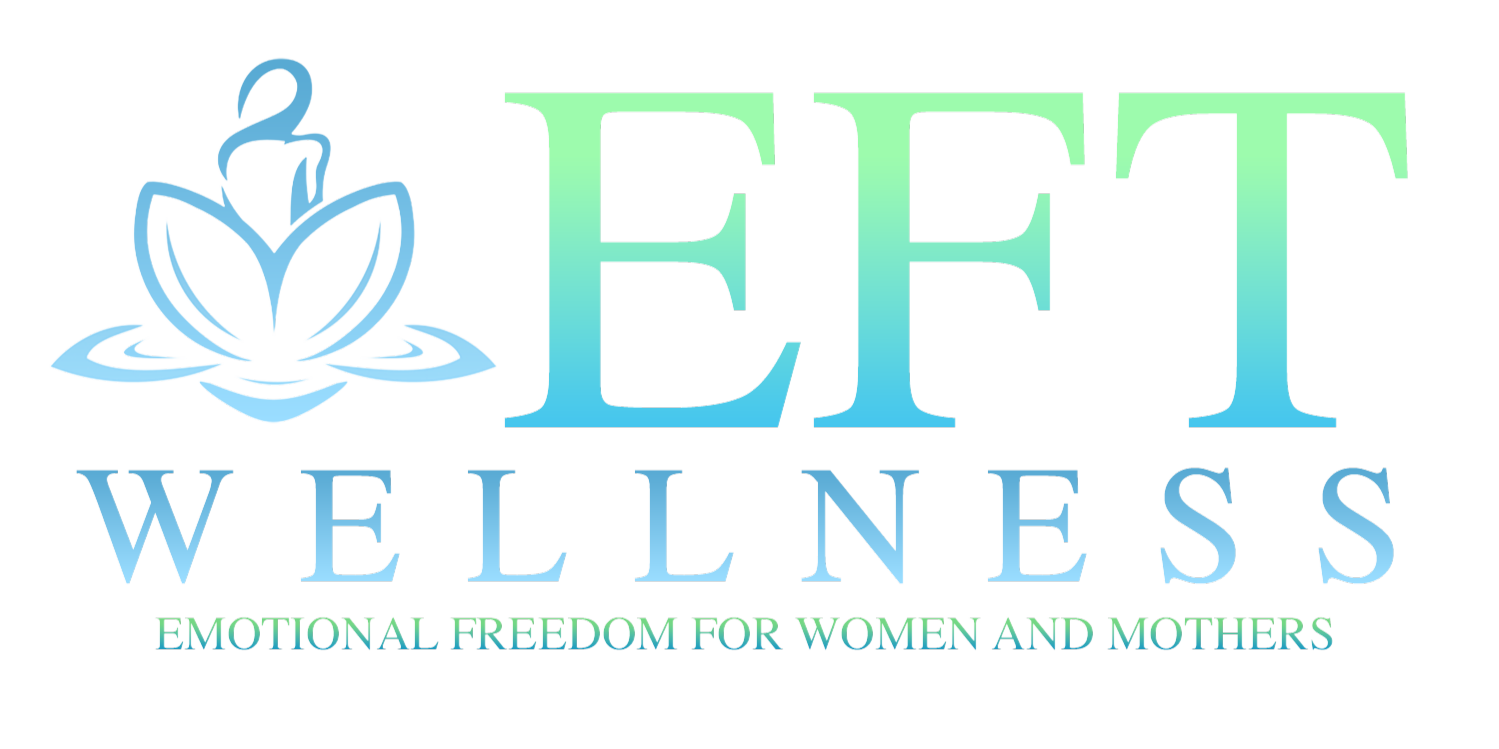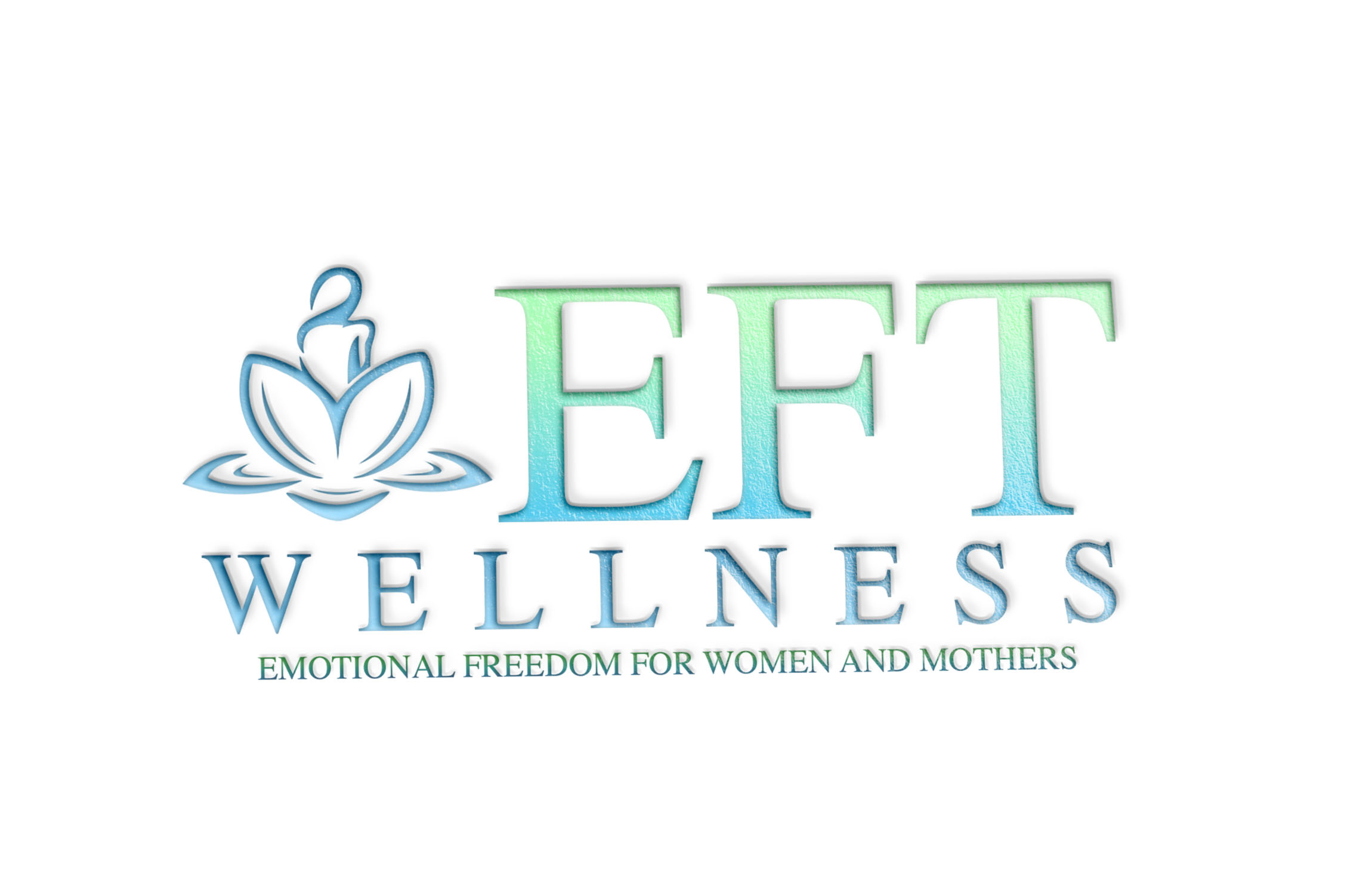See Our Latest Blogs

Welcome to EFT Tapping: Your Simple Guide to Emotional Freedom
Introduction:
EFT stands for Emotional Freedom Technique and is called emotional freedom because it helps to release emotions that no longer serve us from our mind, body, and subconscious. It is called tapping because you literally tap with your fingertips to the meridian points. These meridian points are derived from the 12 meridians from acupuncture, which is traditional Chinese medicine technique. EFT tapping uses the fingertips to stimulate these meridian points.
History and Origins of EFT:
EFT (Emotional Freedom Techniques) emerged in the 1990s as a synthesis of various therapeutic approaches, including acupuncture, cognitive-behavioral therapy, and neuro-linguistic programming. Its roots can be traced back to the 1970s when psychologist Gary Craig, a Stanford-trained engineer inspired by clinical psychologist Dr. Roger Callahan's Thought Field Therapy (TFT), began experimenting with tapping on specific acupuncture points to address emotional disturbances. Craig observed that by combining tapping with focused attention on negative emotions, individuals often experienced significant relief from symptoms.
How to Perform EFT Tapping:
Here is a step-by-step guide for beginners on how to do EFT tapping.
Since EFT tapping is also a self-help tool you can use it as a stress calming technique. Here is a generic guide to tapping. Remember this is generic and not specific or tailored to you and your specific issues. For more deeper healing you have to consult an EFT practitioner. Refer to the picture below for tapping points. You can also watch the video below for guidance on tapping points.

Identify the Issue: Determine the specific emotion or feeling you want to address. You can write it down as well.
Rate the Intensity: On a scale of 0 to 10, rate the intensity of the emotion or thought.
Create a Setup Statement Phrase: This phrase you can say like, "Even though I am feeling [insert your issue here] I deeply and completely love and accept myself".
Create Reminder Phrase: Your reminder phrase would be the issue you are currently going through. For example, if you are feeling angry, you say this anger that I am feeling. You can be more specific as well like, If you are feeling stress due to some work in an office, you say this stress I am feeling because I have to work on two different projects.
Get ready for action.
Tap the Points: Begin tapping on the following points, repeating your setup statement phrase 3 times while you tap on the karate chop point and a reminder phrase with each tapping point until you feel better.
Karate Chop Point (KC): On the fleshy part of the side of your hand, between your wrist and pinky finger.
Top of the Head (TH): On the very top of your head, where a crown would sit.
Eyebrow Point (EB): At the beginning of your eyebrow, closest to the bridge of your nose.
Side of the Eye Point (SE): On the bony edge of your eye socket, on the outside corner of your eye.
Under the Eye Point (UE): On the bony edge of your eye socket, directly below your pupil.
Under the Nose Point (UN): In the small area between the bottom of your nose and the top of your upper lip.
Chin Point (CH): In the crease between your chin and your lower lip.
Collarbone Points(CB): About an inch down and an inch to the side from the notch at the top of your breastbone.
Under the Arm Point (UA): About four inches below your armpit, in line with where a bra strap would be.
Repeat: Tap through all the points several times, repeating your reminder phrase with each tap.
Re-Rate the Intensity: After tapping, rate the intensity of the emotion or thought again on a scale of 0 to 10. Notice if the intensity has decreased.
Repeat as Needed: If the intensity has not decreased significantly, repeat the tapping process until you experience a noticeable reduction in the emotion or thought.
Notice the shift: When you recognize a change in your feelings, whether it's stress or something else, tell yourself while tapping on points: "I'm choosing to feel calm right now. I'm letting this calmness sink in. My body and I know how to choose calm instead of stress. I'm choosing to relax right here right now."
Benefits of EFT Tapping:
EFT tapping is a powerful tool for overall well-being because our mind, body, and nervous system respond directly to emotions, not the labels we give events or distress.
Here's how EFT tapping contributes to your overall well-being:
Stress and Anxiety Reduction: EFT is well-known for its ability to quickly reduce stress and anxiety levels. Studies have shown that tapping can lower cortisol, the body's primary stress hormone. By calming the nervous system's fight-or-flight response, EFT promotes relaxation and a sense of calmness, making you better equipped to handle daily challenges.
Emotional Regulation: EFT helps you manage and regulate intense emotions like anger, sadness, fear, and frustration. By tapping while focusing on these emotions, you can reduce their intensity and gain a greater sense of control over your emotional state. This can lead to increased emotional resilience and stability.
Improved Mood: Research indicates that EFT can boost feelings of happiness and reduce symptoms of depression. By addressing negative thought patterns and emotional blockages, tapping can help shift your mindset towards a more optimistic outlook.
Physical Well-being: The mind and body are interconnected, and emotional distress can manifest physically. EFT can help alleviate physical symptoms like headaches, muscle tension, and chronic pain, especially when these are linked to emotional issues. By releasing emotional burdens, you can support your body's natural healing processes.
Better Sleep: Stress and anxiety often interfere with sleep. EFT can promote relaxation and reduce racing thoughts at night, leading to improved sleep quality and more restorative rest.
Reduced Cravings: EFT helps manage food cravings and supports weight management efforts. By addressing the emotional triggers behind cravings, tapping can lessen their intensity and give you more control over your eating habits.
Trauma Recovery: EFT is increasingly used as a complementary therapy for trauma recovery and PTSD. It can help process traumatic memories and reduce the intensity of associated emotional distress, flashbacks, and triggers, allowing for deeper healing and a greater sense of safety.
Increased Self-Confidence and Focus: By releasing negative self-beliefs and reducing performance anxiety, EFT can boost your self-confidence and improve your ability to focus and perform in various areas of your life, such as work, sports, or creative endeavors.
The Science Behind EFT:
EFT is an evidence-based energy psychology method. More than 200 clinical trials have been conducted on EFT tapping. A significant portion of these studies have focused on post-traumatic stress disorder (PTSD), with many demonstrating positive outcomes. Other conditions commonly studied include anxiety, depression, chronic pain, phobias, and substance abuse.
One of the most well-researched applications of EFT is for post-traumatic stress disorder (PTSD). A meta-analysis published in the Journal of Consulting and Clinical Psychology in 2013 found that EFT was significantly more effective than a waitlist control group in reducing PTSD symptoms. The study included 14 randomized controlled trials involving over 600 participants. The key findings from this research were reduced PTSD symptoms, improved quality of life, and durability of effects meaning it was durable over time.
The overall body of research suggests that EFT has potential as a therapeutic intervention for a range of mental health and emotional issues.
Let's break down what might be happening in your body and mind when you tap on meridian points.
Tapping helps to bring your body's energy into a better state of balance. Think of it like this: when you're feeling stressed, that vital energy that keeps you going can become disrupted. Tapping helps to smooth out those disruptions, allowing you to feel a natural sense of calm and relaxation.
Beyond this energetic perspective, there's also a physiological side to consider. When you tap, it sends calming signals to your brain. A key area involved in this is the amygdala, which is like your brain's alarm system for fear and stress. When you're stressed, the amygdala can become very active, sometimes overwhelming the prefrontal cortex.
Now, the prefrontal cortex is really important for things like making decisions and solving problems. That's why when we're under a lot of stress, it can be hard to think clearly. Tapping helps to quiet down the amygdala, allowing the prefrontal cortex to function better.
Furthermore, research suggests that tapping can actually lower the levels of stress hormones in your body, like cortisol. At the same time, it encourage the release of beneficial brain chemicals. These can include endorphins, which act as natural pain relievers; serotonin, which helps to regulate your mood; and GABA, which promotes relaxation.
Finally, tapping can even help to rewire the neural pathways in your brain that are linked to negative emotions. It's like creating new, more positive routes in your mind over time.
In essence, EFT tapping is a self-empowering tool that can help you address a wide range of emotional and physical issues, leading to a greater sense of balance, peace, and well-being in your life. It's relatively easy to learn and can be practiced anywhere, making it a convenient and accessible way to support your overall health and happiness.
Looking for personalized support? If you'd like to learn more about EFT tapping or work with an EFT practitioner one-on-one for a specific issue, you can contact EFT practitioner Sweta here. https://swetakhanal.com/contact-us

© 2025 EFT Wellness with Sweta - All Rights Reserved.

© 2025 EFT Wellness with Sweta - All Rights Reserved.
